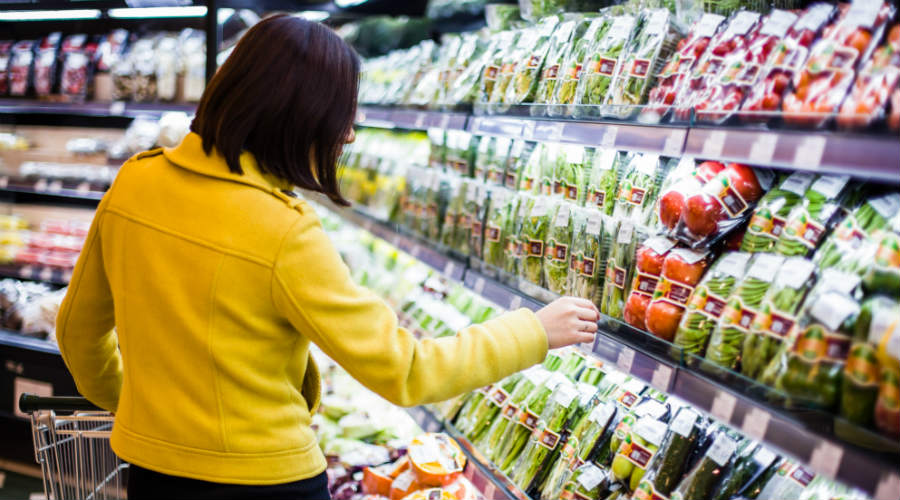t’s almost impossible to imagine life without flexible, transparent and water-resistant food packaging, without plastic sandwich bags, cling film or shelves filled with plastic jars, tubs and tubes and durable bags and boxes.
While storing food in containers dates back thousands of years, and food has been sold in bottles since the 1700s and cans since the 1800s, what might be considered the modern age of food packaging began in the 1890s, when crackers were first sold in sealed waxed paper bags inside a paperboard box. Plastics and other synthetics began to appear in the 1920s and ’30s, shortly after chemical companies started experimenting with petroleum-based compounds and pioneering new materials that could be used for household as well as industrial applications.
Fast forward to 2014: Upwards of 6,000 different manufactured substances are now listed by various government agencies as approved for use in food contact materials in the U.S. and Europe — materials that can legally go into consumer food packaging, household and commercial food containers, food processing equipment and other products.
Recent analyses have revealed substantial gaps in what is known about the health and environmental effects of many of these materials and raised questions about the safety of others. A study published this past July found that 175 chemicals used in food contact materials are also recognized by scientists and government agencies as chemicals of concern — chemicals known to have adverse health effects. Another published in December 2013 found that more than 50 percent of food contact materials in the U.S. Food and Drug Administration database of such substances lacked accompanying toxicology information filed with the FDA about the amount people can safely eat. This database is publicly available and searchable, but the database itself doesn’t include toxicology information about these substances or any details of the products in which the listed chemicals are used.






